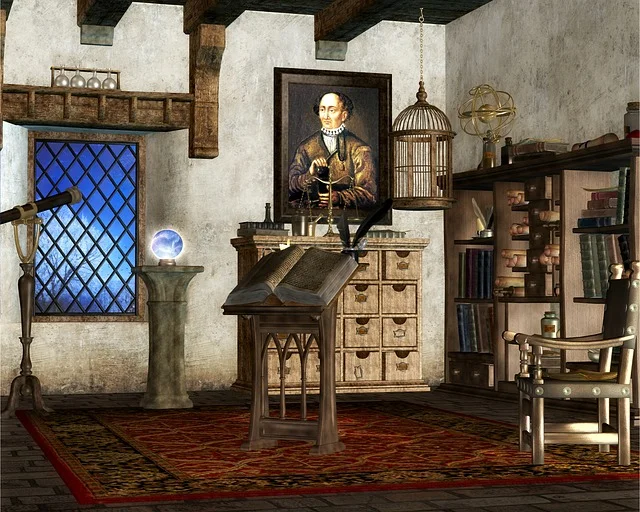In The Magic Mountain, Thomas Mann sets many scenes in the dining hall of an Alpine sanatorium for tuberculosis patients. He describes the hall in careful detail: size, architecture, furnishings, arrangement, and where people are seated. In one scene, protagonist Hans Castorp’s nerves are jolted by a slamming door. He looks about for the source of the noise—a young woman:
Hans Castorp saw only a little of her profile—almost nothing, in fact. In quite marvelous contrast to her noisy entrance, she walked soundlessly, with a peculiar slinking gait, her head thrust slightly forward, and proceeded to the farthest table on the left . . . . As she walked she kept one hand in the pocket of her close-fitting wool jacket, while the other was busy at the back of her head, tucking and arranging her hair. Hans Castorp looked at that hand—he had a good eye and a fine critical sense for hands, and it was his habit always first to direct his gaze at them whenever he made a new acquaintance. The hand tucking up her hair was not particularly ladylike, not refined or well cared for, not in the way the ladies in young Hans Castorp’s social circle cared for theirs. It was rather broad, with stubby fingers; there was something primitive and childish about it, rather like the hand of a schoolgirl. Her nails had clearly never seen a manicure, and had been trimmed carelessly—again, like a schoolgirl’s; and the cuticles had a jagged look, almost as if she were guilty of the minor vice of nail-chewing.
Hmmm . . . did you catch that, too? Based on Mann’s prior descriptions of the hall (not quoted above) and his account of the woman’s path through it, the reader knows that Hans Castorp couldn’t possibly be close enough to see her fingernails in such detail.
I was surprised by Mann’s point-of-view slipup. But then he steadied me: “Hans Castorp only surmised all this, however, more than he actually saw it—she was really too far away.” Clever!
While many writing rules are made to be broken, this one is not: never deviate from your story’s point of view. Point of view maintains the reader’s illusion that your story is really happening or could happen. In appearing to veer off-viewpoint, Mann reveals his main character’s mental workings while at the same time reassuring us (like magician’s patter) that The Magic Mountain is somehow true.
(Note: The quotes in this blog post are from the Everyman’s Library’s 1995 translation of The Magic Mountain by John E. Woods.)



